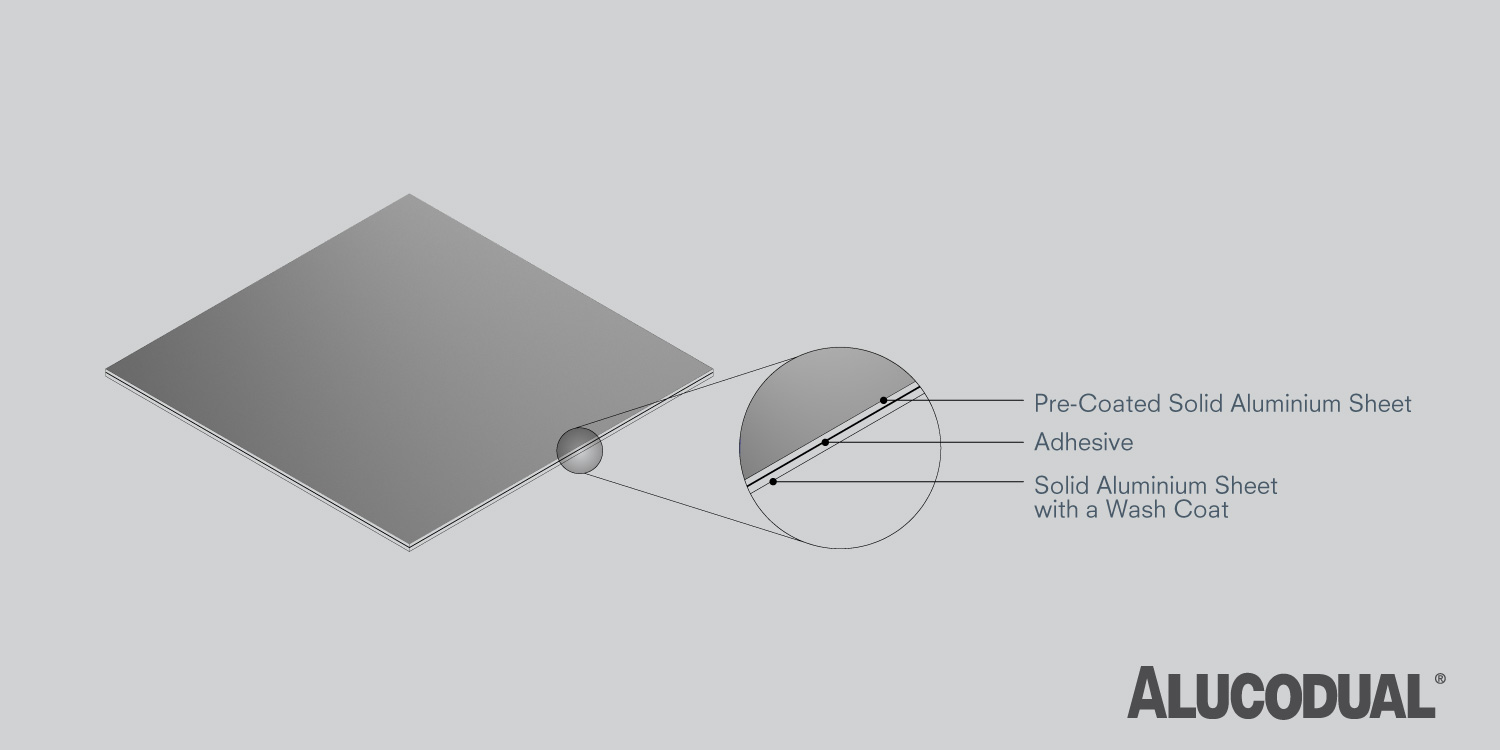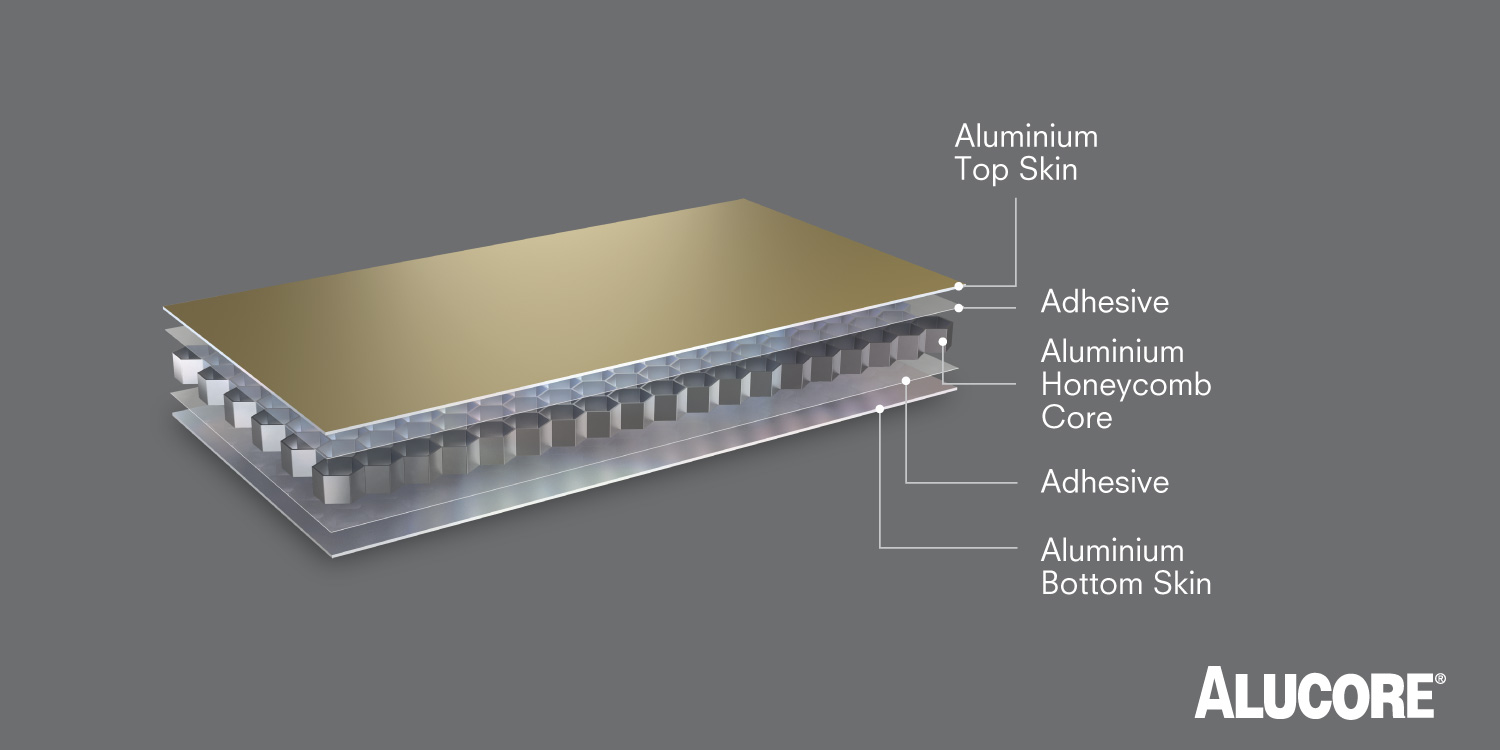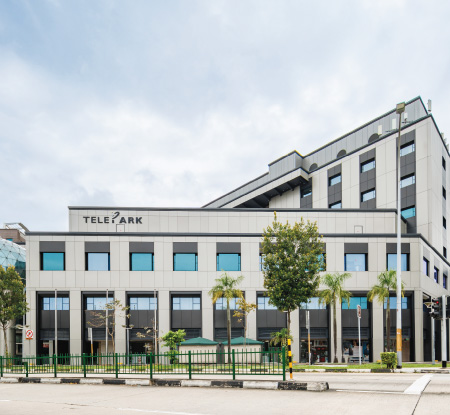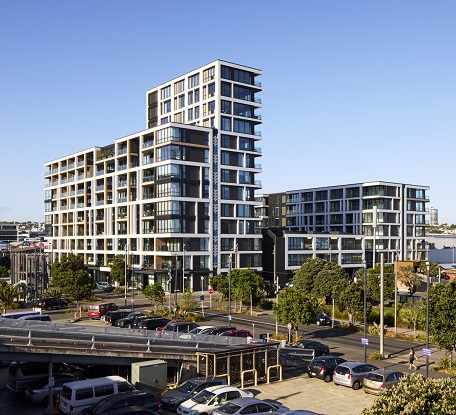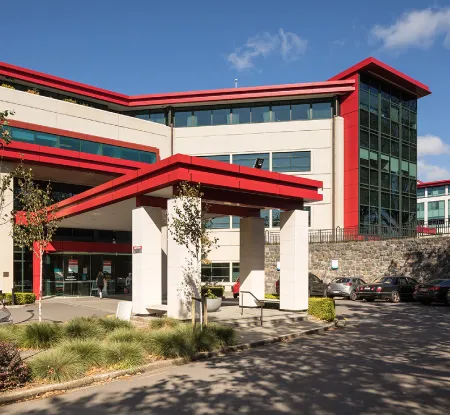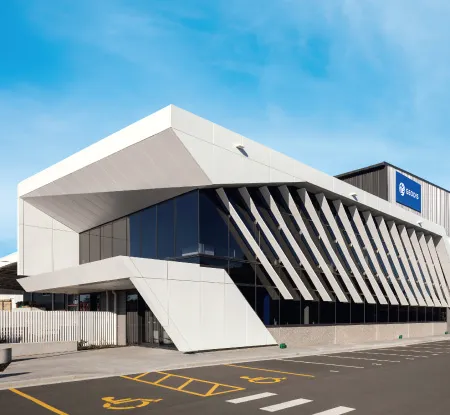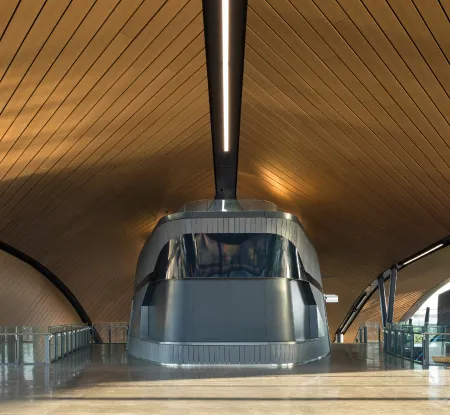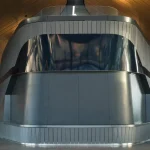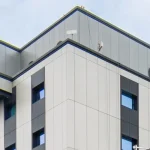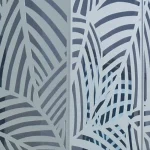Aluminium Sheet: Types, Special Features & Finishes
A Simple Guide to Aluminium Sheets
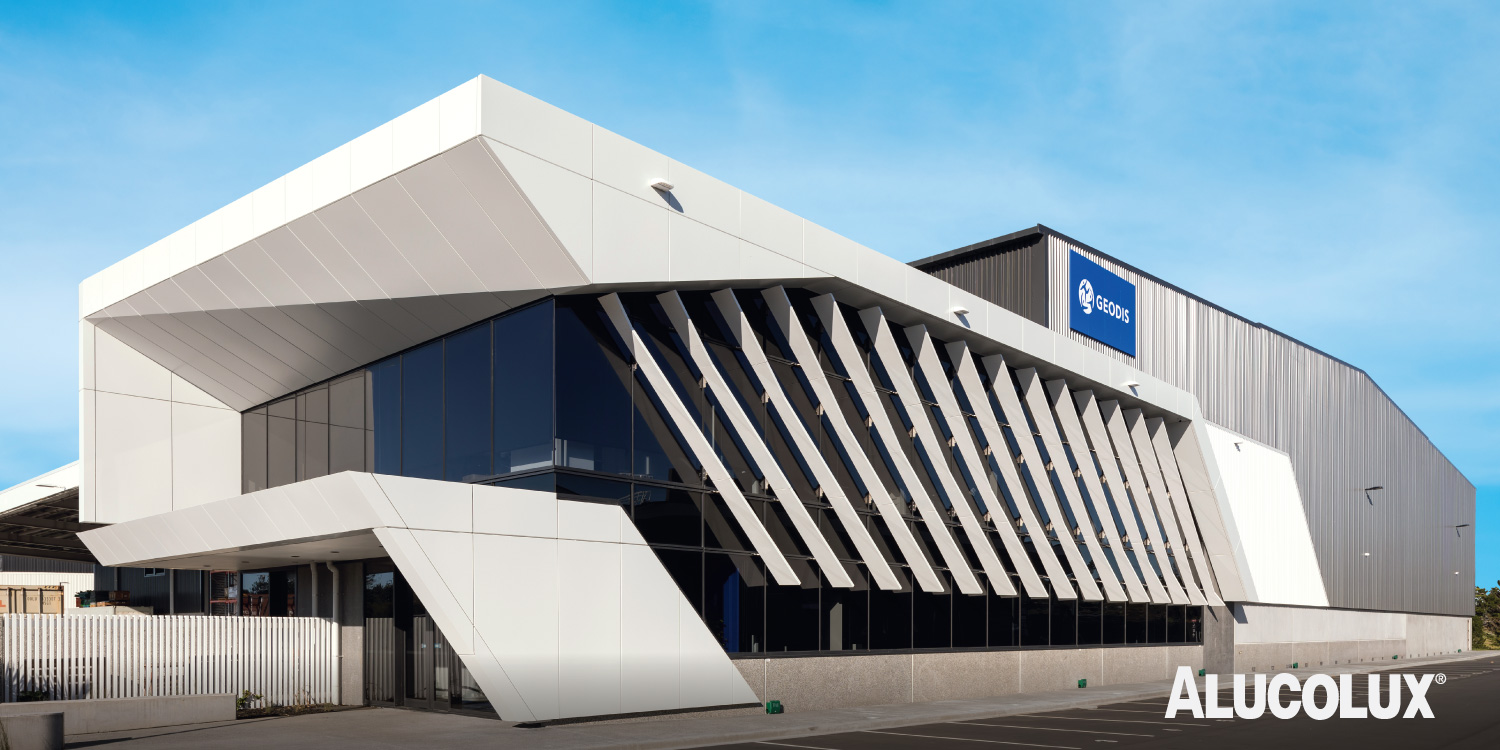
Project: Timberly Road | Architect: eclipse ARCHITECTURE | Fabricator/Installer: Symonite | Colour: Pure White | Completed year: 2021
The aluminium sheet is one of the most versatile materials in the modern construction industry. Celebrated for its strength, corrosion resistance, and sleek aesthetics, aluminium is a preferred material across architectural, interior, and industrial applications.
From high-rise facades to detailed interiors and signages, aluminium sheets are integral to designs that demand durability, fire safety, and design flexibility. This guide explores the various types of aluminium sheets, their technical features, and popular options like perforated aluminium sheets and anodised aluminium sheets.
Types of Aluminium Sheets
Aluminium sheets are available in several formats to suit diverse application needs. The type you select depends on the structural load, design intent, fire safety requirement, and finish expectations. Here’s a detailed overview of the major types:
1. Solid Aluminium Sheets
Solid aluminium sheets are a widely used option for exterior cladding, soffits, canopies, column cladding and interior ceilings. Traditionally, these sheets are shaped first and then coated using spray or powder coating techniques. However, this method can lead to uneven textures, colour inconsistencies, and a lower fire rating—usually A2, not A1—due to the thickness of the paint layer.
Additionally, customisation can be limited with this approach, restricting design possibilities in terms of colour uniformity, surface texture, and size options. Since multiple suppliers are often involved in the finishing process, quality variation can also be an issue.
A more advanced alternative is the pre-coated solid aluminium sheet, manufactured using the coil-coating process. This method ensures superior colour consistency, uniform thickness, and enhanced durability. Pre-coated sheets are extensively used in commercial buildings, residential towers, schools, hospitals, and manufacturing facilities. Their typical applications include:
- Facades and curtain walls
- Ceilings and soffits
- Column cladding
- Canopies and feature walls
They are not only weather-resistant and aesthetically refined but also compatible with complex design forms—ideal for contemporary architecture.
2. Engineered Solid Aluminium Sheets
Engineered solid aluminium sheets represent an evolved version of regular solid sheets. These are manufactured by bonding two or more aluminium layers, resulting in high rigidity and exceptional flatness. This multilayered structure reduces the likelihood of warping, making them particularly suitable for large-format panels that require fewer joints and a seamless finish.
These sheets are coil-coated with premium-grade PVDF or FEVE paints, meeting stringent international standards for:
- Colour fastness
- Gloss retention
- UV resistance
They are Class A2 fire-rated and do not contain any thermoplastic core—meaning they will not emit toxic gases or flaming droplets in the event of fire. These characteristics make them ideal for critical infrastructure such as:
- Airports
- Stadiums
- Educational campuses
- Public and government buildings
Additionally, their compatibility with 3D shapes, bending, folding, and routing makes engineered solid aluminium sheets a top choice for creative architectural expressions.
Also Read: Top Reasons to Choose Anodized Look Aluminium Over Traditional Anodizing
3. Aluminium Core Panels
Aluminium core panels are lightweight yet robust, featuring two aluminium skins bonded to an aluminium core. They are a reliable choice for applications requiring high strength, load-bearing capacity, and superior wind resistance.
a) Honeycomb Core Panels
These panels are constructed with a honeycomb-patterned aluminium core between two thin aluminium sheets. This unique internal structure ensures maximum stiffness while maintaining a low weight, resulting in an extremely high strength-to-weight ratio. Therefore, they can withstand very high wind loads. Honeycomb panels are extensively used in:
- High-rise facades
- Infrastructure projects (airports, rail terminals)
- Transport industry (trains, ships)
- Interior cladding for commercial spaces
- Self-supporting, even walkable roofs
The honeycomb configuration not only ensures flatness over large spans but also enhances acoustic insulation and energy efficiency.
b) Corrugated or Lattice Core Panels
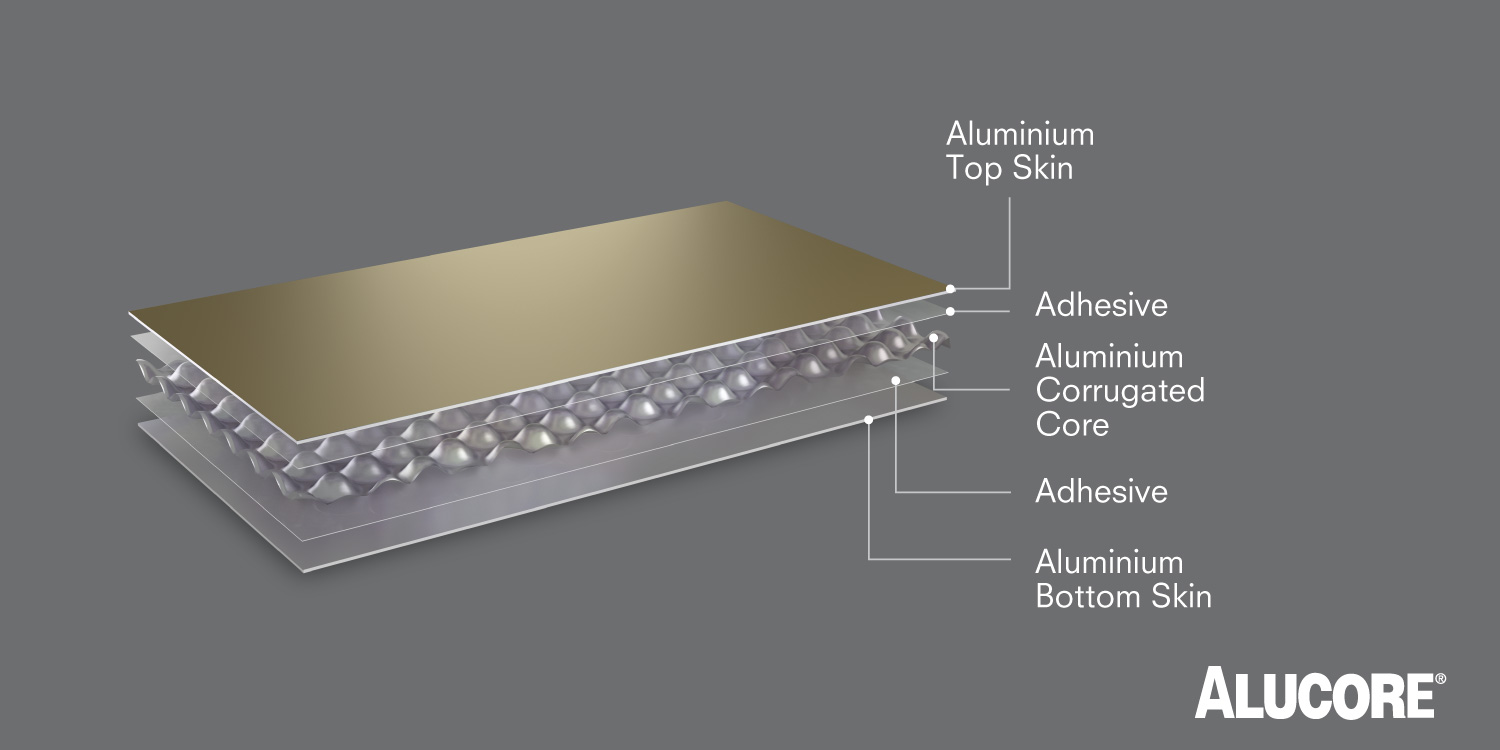
Corrugated or lattice core aluminium panels substitute the honeycomb with wave-shaped or grid-patterned aluminium cores. This structure delivers excellent mechanical performance, especially in terms of load distribution and impact resistance. These panels offer:
- Excellent fire safety with Class A2 rating
- Easy fabrication and on-site installation
- High rigidity and load resistance
4. Aluminium Composite Panels (ACP)
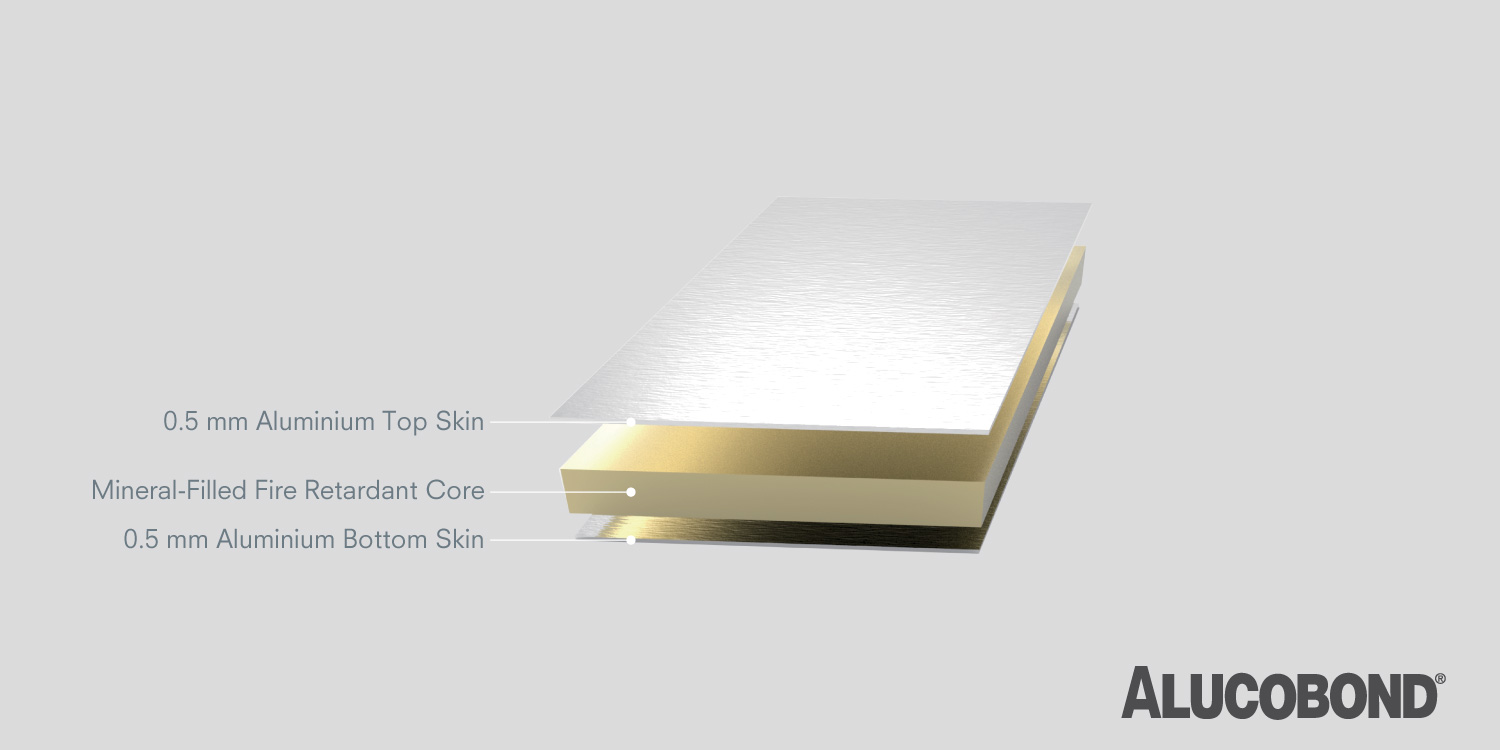
Aluminium Composite Panels consist of two aluminium face sheets bonded to a non-aluminium core—either fire-retardant (FR) or non-combustible mineral-filled material. ACPs are well-known for their:
- Exceptional lightweight properties
- Design flexibility
- Cost-effectiveness
- Superior thermal and sound insulation
They come in a wide spectrum of finishes including metallic, woodgrain, stone, and custom colours. ACPs are easy to cut, route, and bend into complex shapes, making them popular for:
- Commercial building facades
- Residential towers
- Retail signage
- Interiors
- Transportation terminals and mass transit systems like airports
Fire-rated ACPs are tested to comply with international standards, offering peace of mind for fire-sensitive projects.
Special Features and Finishes
a) Perforated Aluminium Sheets
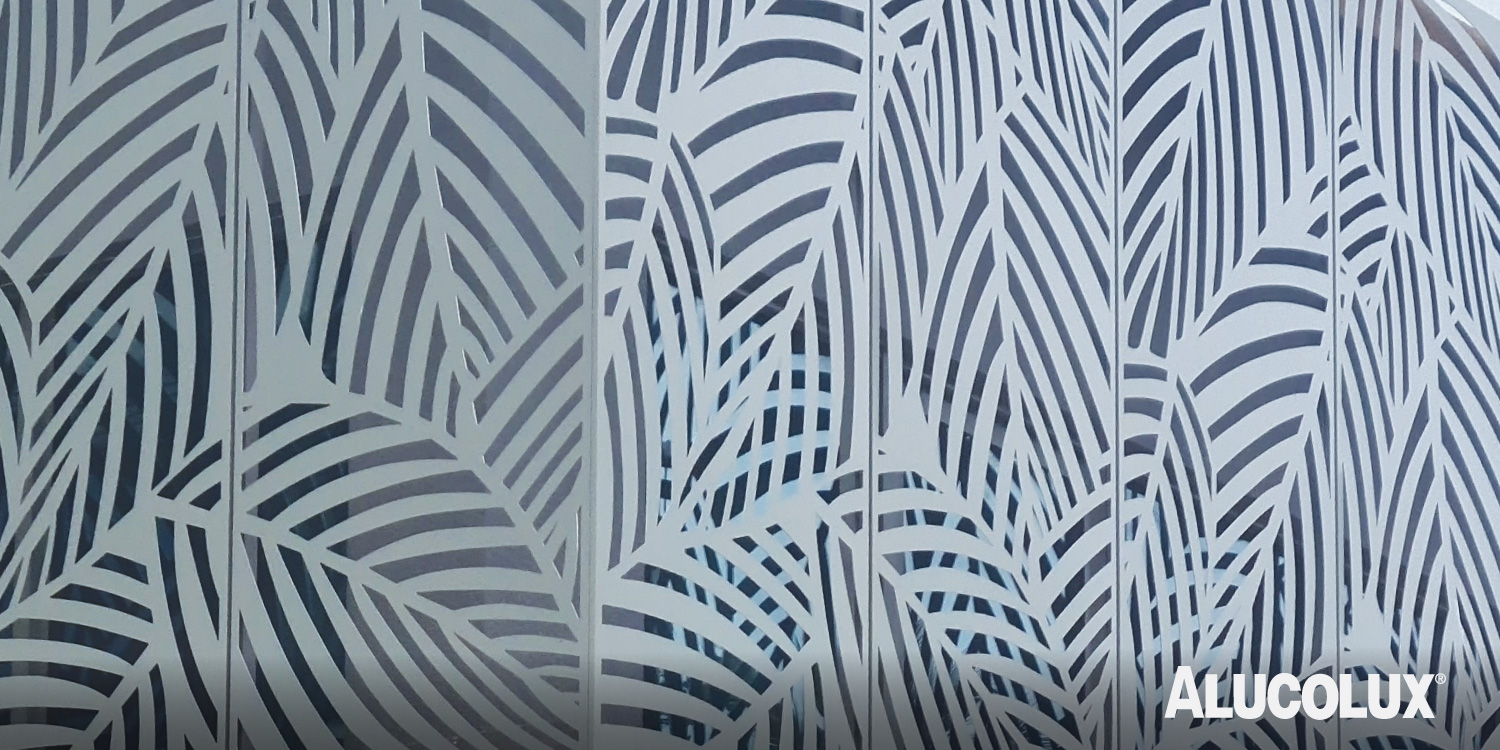
Project: District Secretariat Gampaha | Architect: ARCHT-X Architectural Consultants | Fabricator/Installer: JC Enterprises | Colour: RAL 7048 (Custom) | Completed year: 2022
Perforated aluminium sheets combine functional performance with modern aesthetics. Manufactured with precision-drilled holes in custom patterns, these sheets serve both practical and decorative purposes. Key advantages include:
- Weight reduction without sacrificing strength
- Natural airflow for passive ventilation
- Enhanced acoustic control
- Light diffusion for facades and ceilings
These sheets are widely used in:
- Decorative facade cladding
- Privacy screens and sunscreens
- False ceilings and wall panels
They offer design freedom while ensuring durability, weather resistance, and easy maintenance.
Also Read: Top Reasons Why Solid Aluminium Sheet is Ideal for Exterior Cladding
b) Anodised Aluminium Sheets and PVDF Anodised-Look Coatings
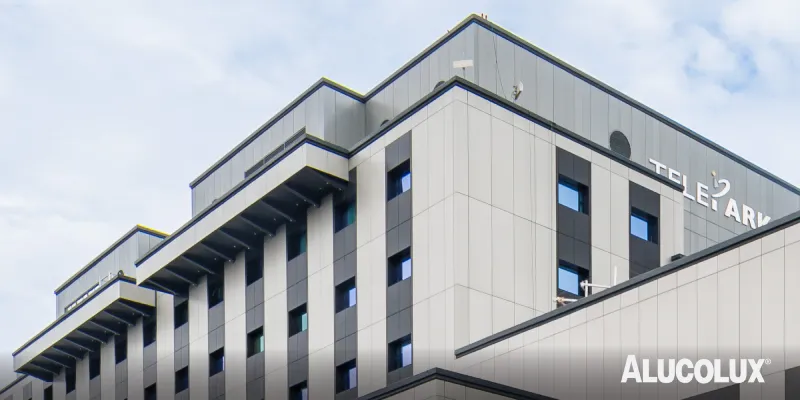
Project: Telepark | Architect: Façade Consultant – Arup Singapore, Architect – Chansez Pte. Ltd. | Fabricator/Installer: Evergreen Engineering & Construction Pte. Ltd. | Colour: Anodized Look C31/A001, C34/A004, Grey Metallic 502 | Completed year: 2023
Anodised aluminium sheets undergo an electrochemical process that thickens the natural oxide layer on the aluminium surface, resulting in a soft metallic matte finish. However, conventional anodising has limitations:
- Inconsistent colouration across batches
- Low scratch resistance
- Susceptibility to UV fading
- Higher cost and environmental sensitivity
A more advanced alternative is PVDF-coated aluminium sheets with an anodised-look finish. These mimic the appearance of anodising but offer superior performance through high-durability coil coatings. Benefits include:
- Consistent satin-matte finish across large volumes
- Exceptional resistance to UV radiation and weathering
- Enhanced scratch resistance and corrosion protection
- Excellent long-term colour retention
These finishes are ideal for projects demanding aesthetic finesse with long-term performance—commonly seen in cultural buildings, tech campuses, and premium retail buildings.
Also Read: Key Benefits of Using 3mm Aluminium Sheet in Construction
Why Aluminium Sheets Continue to Redefine Modern Architecture
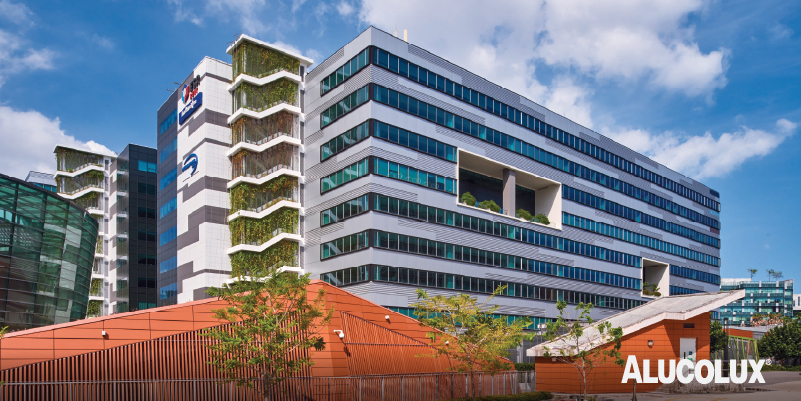
Project: ESR Bizpark@Changi | Architect: TA.LE Architects | Fabricator/Installer: Evergreen Engineering and Construction Pte. Ltd. | Colour: Sunrise Silver Metallic 600 | Completed year: 2021
Across industries and continents, aluminium sheets are shaping the future of buildings. Their ability to balance strength, fire safety, and aesthetics makes them an unmatched material solution.
Whether it’s anodised aluminium sheets for sun shading or perforated aluminium sheets for high-end cladding, there’s a product for every design and structural need.
From curtain walls in Singapore to stadiums in Australia and transportation hubs in South Korea—choosing the right aluminium sheet not only enhances project performance but also elevates visual identity.
Looking to Specify Aluminium Sheets?
For globally compliant, high-performance aluminium sheet solutions—including pre-coated, engineered, composite, perforated, and anodised options—reach out to:
Contact: sales@alucobond.com.sg
Explore a wide range of aluminium sheets designed to meet architectural vision, safety standards, and durability.
- Building façades and external cladding
- Roofing, guttering, and rainwater systems
- Window framing, partitions, and soffits
- HVAC ductwork and insulation casings
- False ceilings and internal panels
- Industrial enclosures, cabinets, and machinery guards
- Transportation body panels and flooring
- Decorative screens and architectural details
ACPs (Aluminium Composite Panels):
These panels typically do not have an aluminium core. Instead, they use a thermoplastic or mineral-filled core, which is sandwiched between two aluminium skins. The core determines crucial properties such as fire resistance, rigidity, impact strength, and weight. Aluminium Honeycomb Panels:
In these systems, the aluminium core refers to a structured aluminium honeycomb placed between two aluminium sheets. This lightweight aluminium core dramatically increases stiffness and load-bearing capacity without adding significant weight. ACCP (Aluminium Core Composite Panels):
ACCP uses a solid or engineered aluminium core rather than a plastic or mineral core. This type of aluminium core offers superior fire performance, improved rigidity, excellent flatness, and enhanced durability, making ACCP a preferred choice for high-performance façades. Overall, the aluminium core—whether in honeycomb panels or ACCP—plays a defining role in mechanical strength, weight optimisation, fire behaviour, impact resistance, and the long-term stability of the composite panel.
- Lightweight yet strong, reducing structural load
- High corrosion resistance, ideal for humid or coastal climates
- Fire performance, the highest fire safety to occupants and property
- Long lifespan with low maintenance
- Design flexibility, bendable, perforable, and available in multiple finishes
- Better acoustics and insulation capabilities depending on the sheet type
- Sustainable material, fully recyclable


